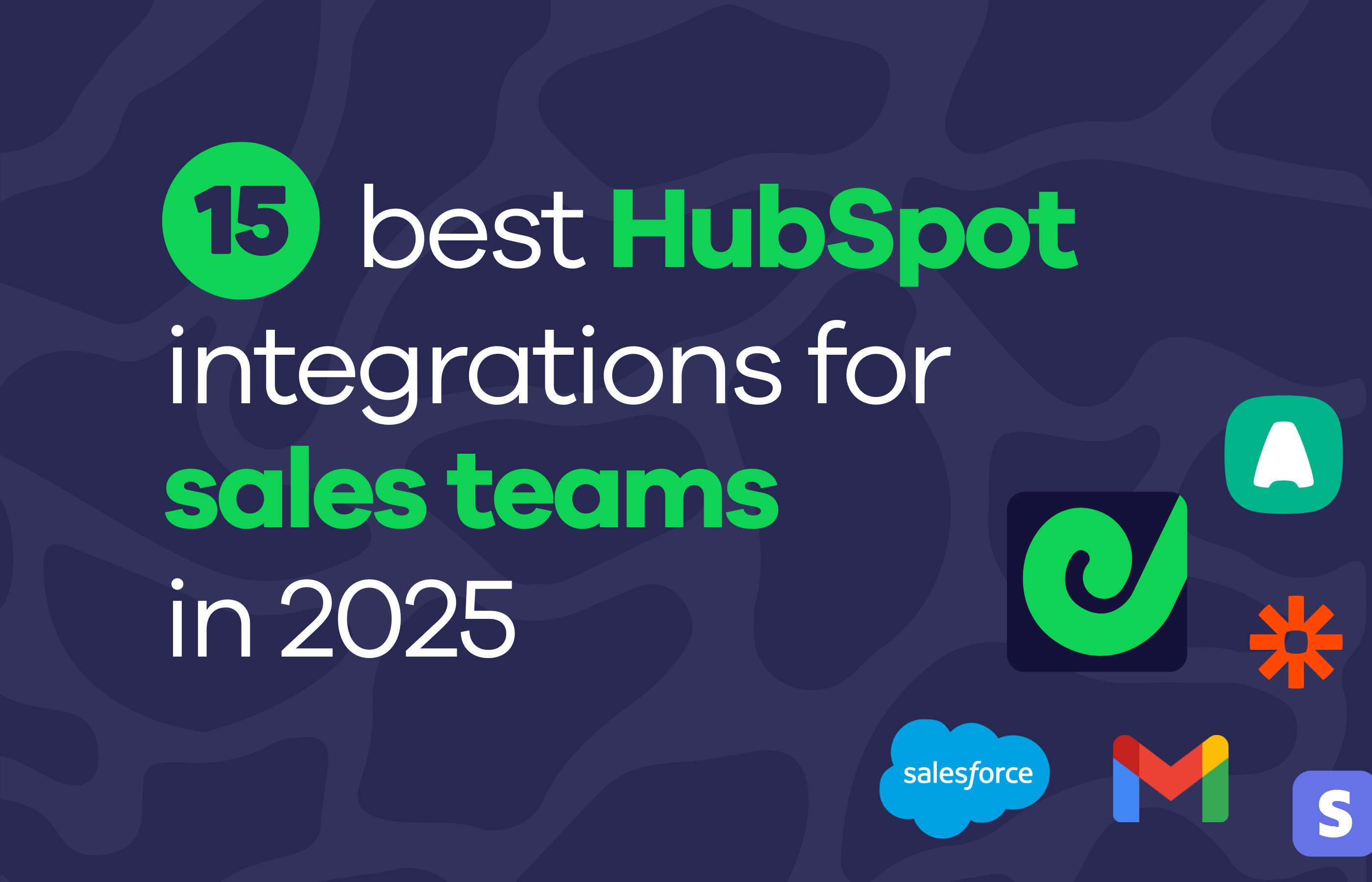Sales teams are always looking for ways to streamline workflows, improve productivity, and make the most of their CRM. HubSpot’s versatility makes it a go-to platform for many sales teams, and its value increases significantly with the right integrations. Below are the 15 best HubSpot integrations for sales teams in 2025, each offering unique advantages to help boost efficiency, improve communication, and drive more sales.
1. Geckoboard
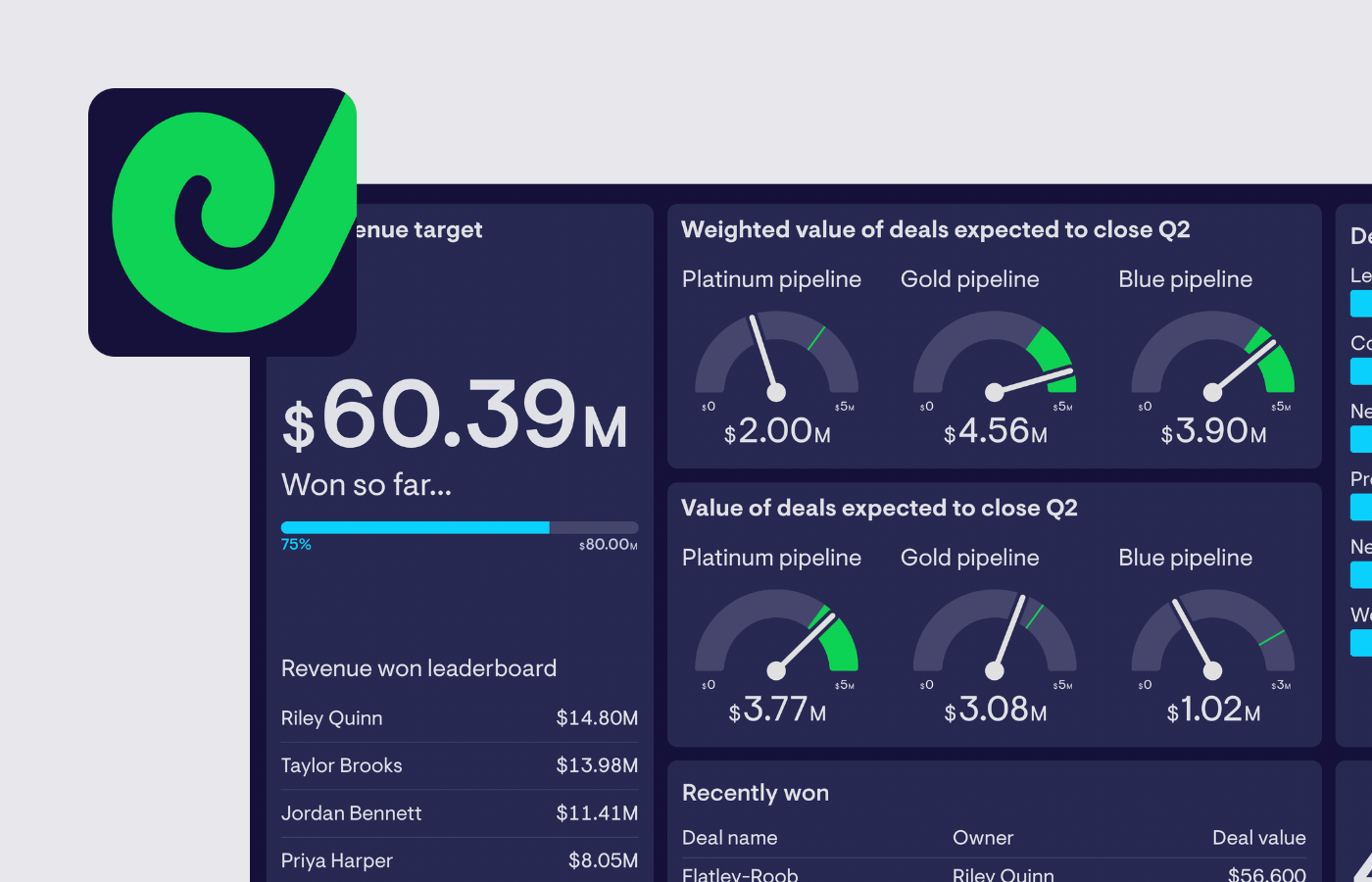
Real-time data visualization from multiple sources.
Why sales teams need it: Sales teams thrive when they have clear insights into their performance metrics. Geckoboard helps by visualizing key sales data, such as deal pipelines, revenue targets, and performance KPIs. Teams can monitor their progress on customized dashboards, giving them the clarity they need to stay on track. Plus, it pulls in data from many of the other tools listed in this post.
2. Aircall
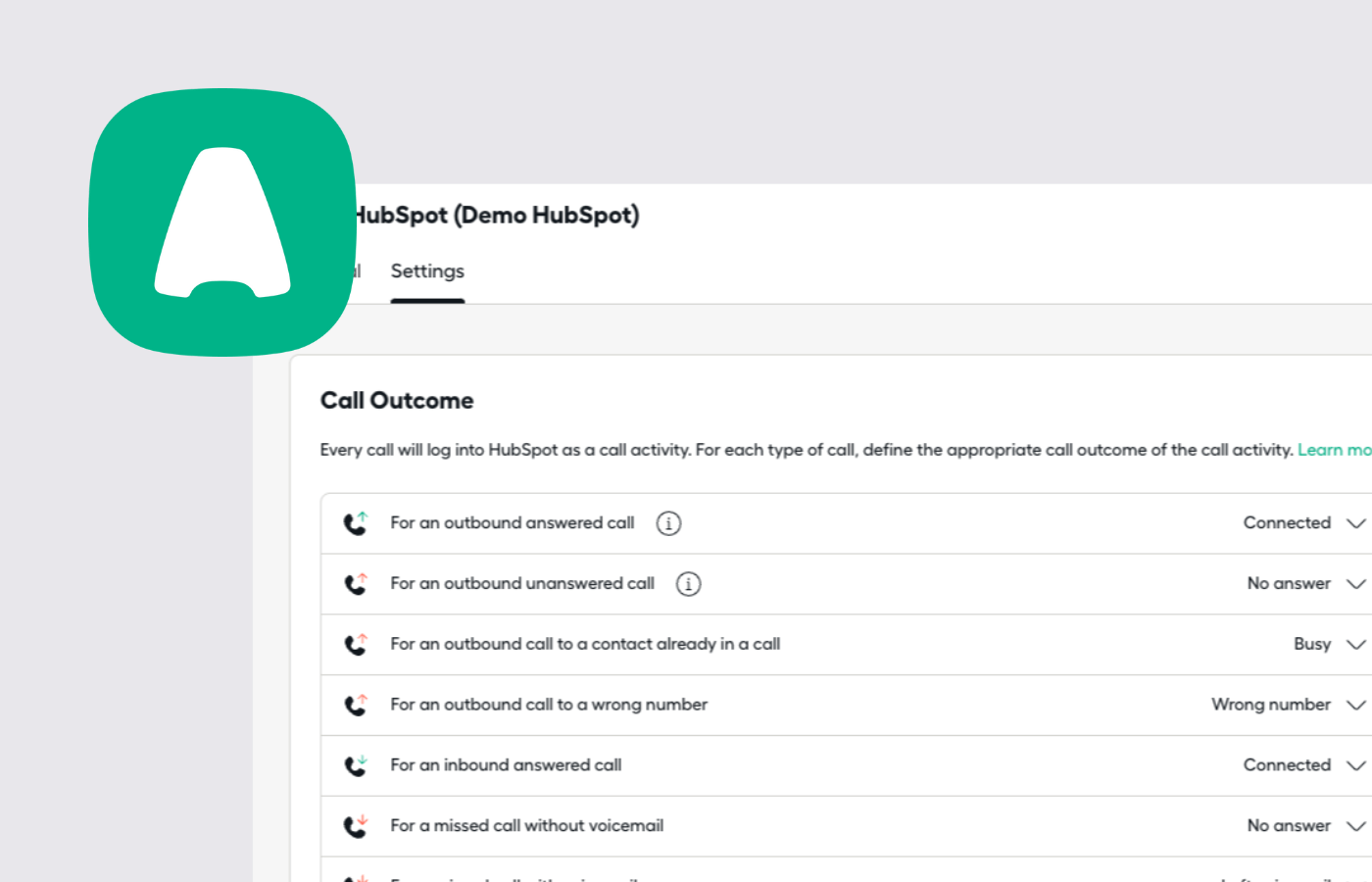
Cloud-based call center software.
Why sales teams need it: Aircall is perfect for teams that rely heavily on phone outreach. It integrates seamlessly with HubSpot to automatically log calls and create follow-up tasks. This ensures that all phone interactions are captured, giving teams a complete picture of their customer communication.
3. Zapier
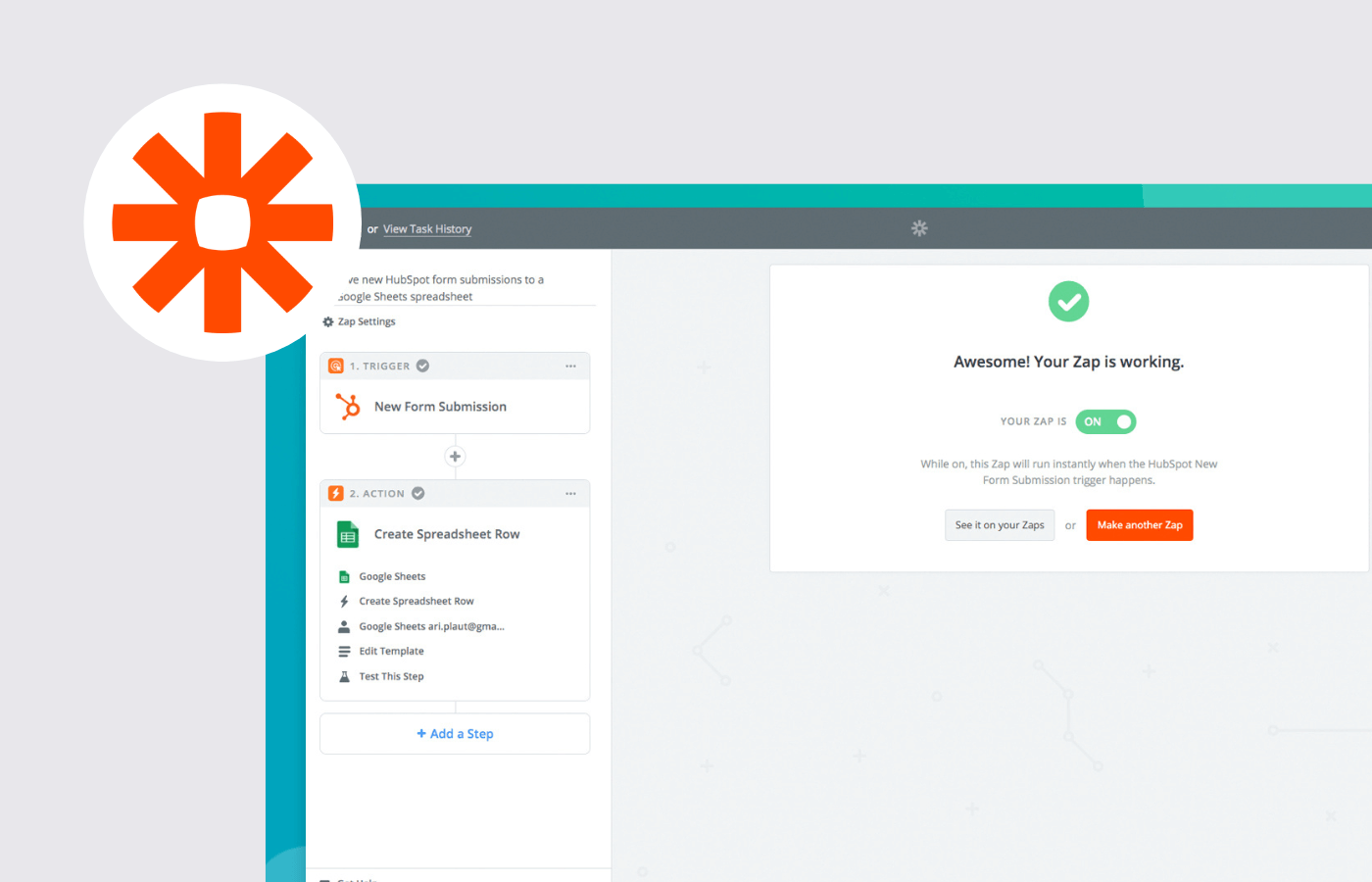
Workflow automation tool.
Why sales teams need it: Zapier connects HubSpot with thousands of apps, allowing sales teams to automate tasks that would otherwise require manual effort. Whether syncing contact information with other tools or automating follow-up emails, Zapier simplifies complex workflows and saves time.
4. PandaDoc
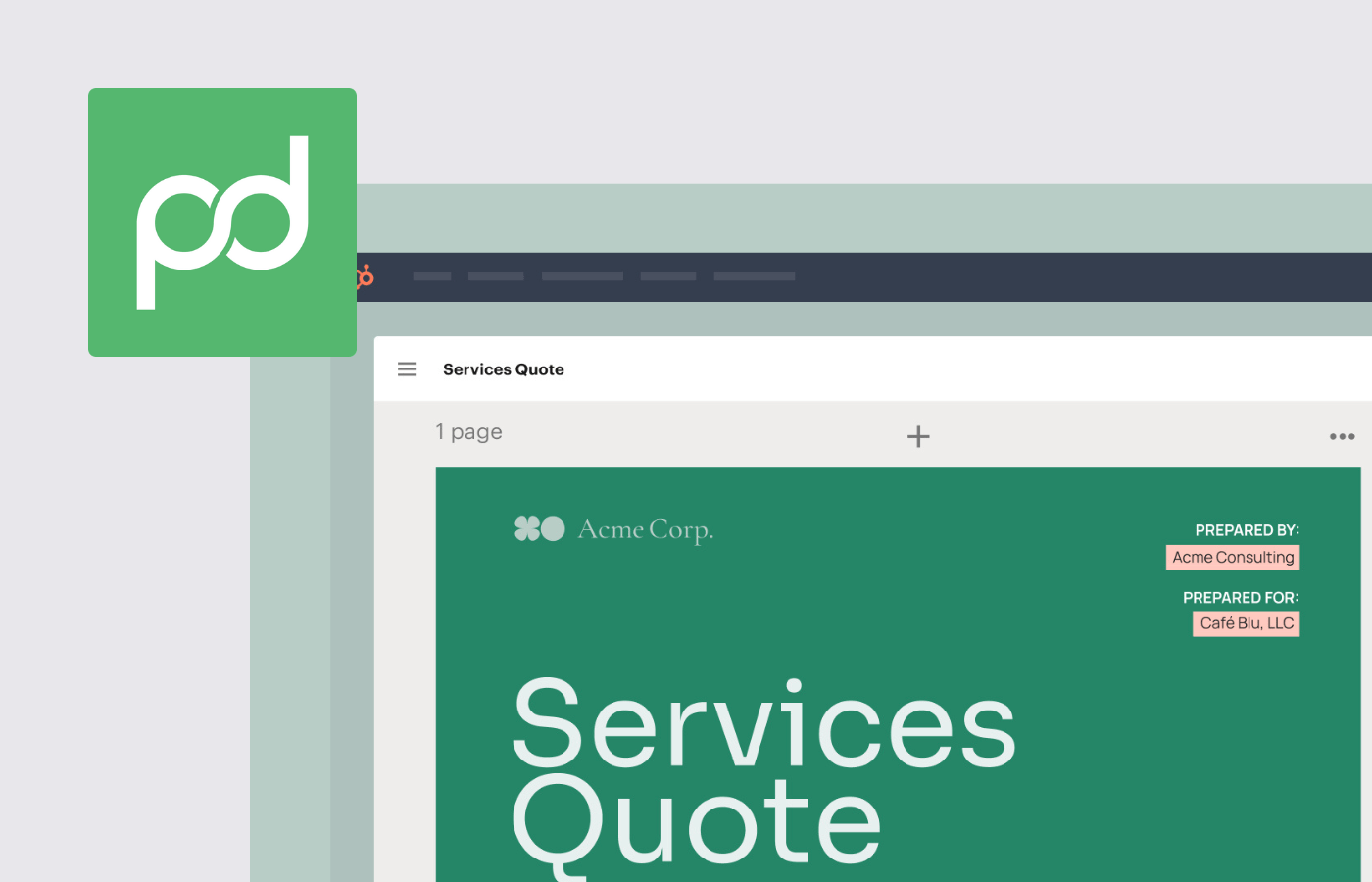
Document automation and e-signatures.
Why sales teams need it: Streamlining the proposal and contract process is essential for closing deals quickly. PandaDoc allows sales reps to create, send, and track documents directly in HubSpot. With its integrated e-signature capability, closing deals becomes much faster.
5. Salesforce
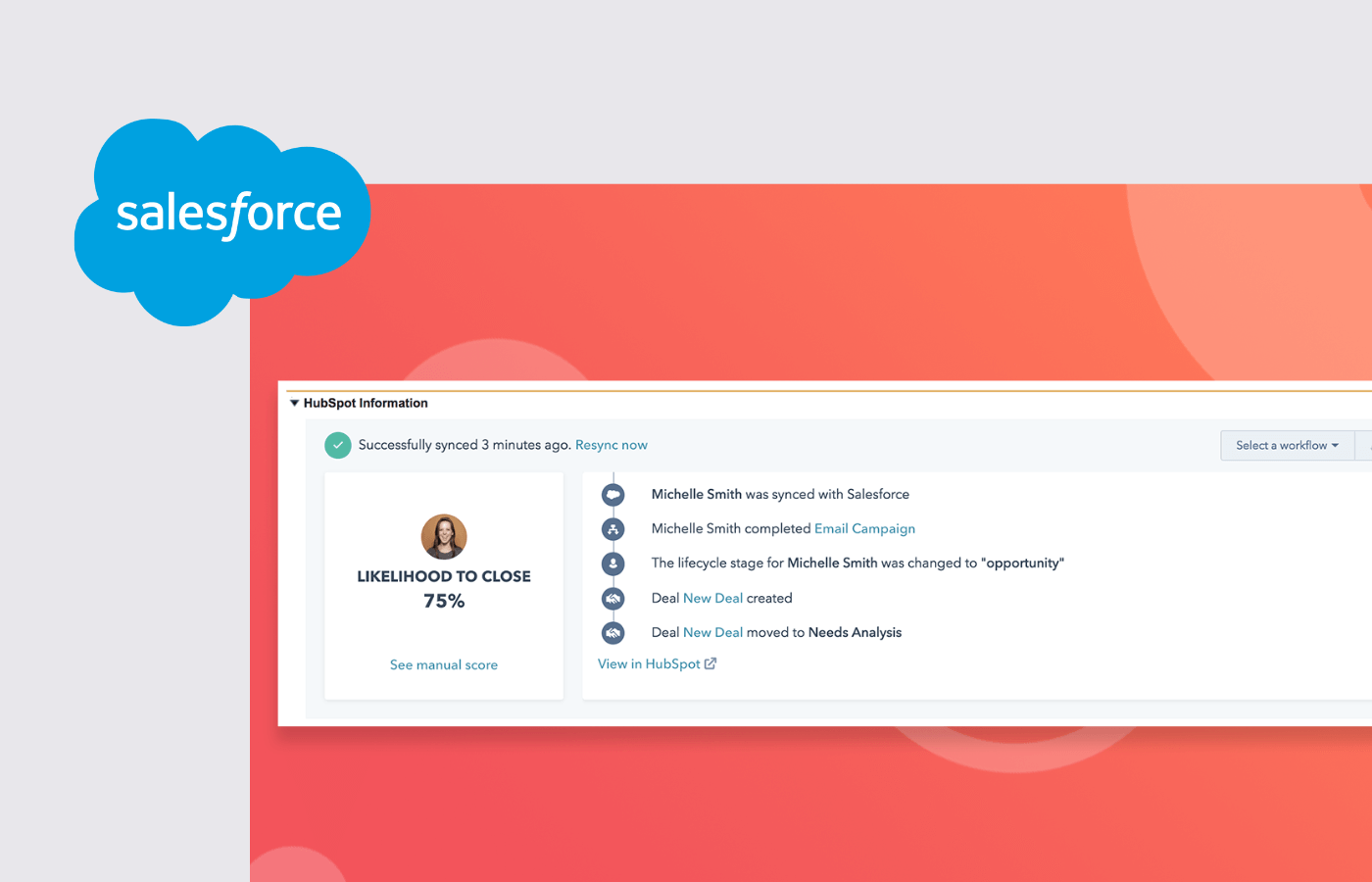
CRM integration for multi-platform users.
Why sales teams need it: Many companies use both Salesforce and HubSpot for different departments. This integration enables syncing between the two CRMs, ensuring that both sales and marketing teams can access the same up-to-date information.
6. Slack
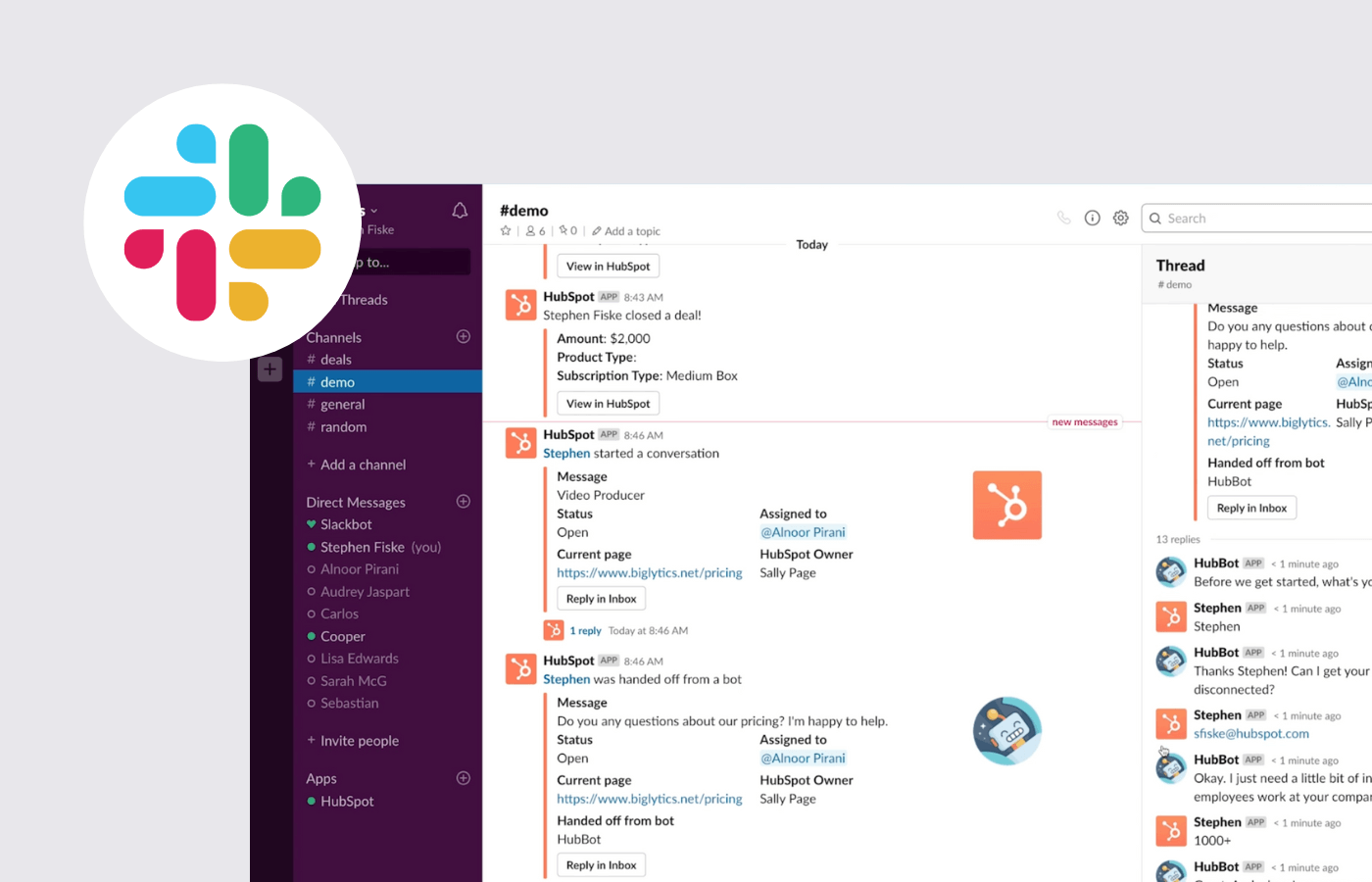
Communication and collaboration tool.
Why sales teams need it: Slack keeps sales teams connected. By integrating with HubSpot, Slack sends real-time notifications about deal updates, new leads, and other critical activities directly to the team’s communication channels. This means that sales reps stay informed and can collaborate more effectively.
7. Gmail/Outlook
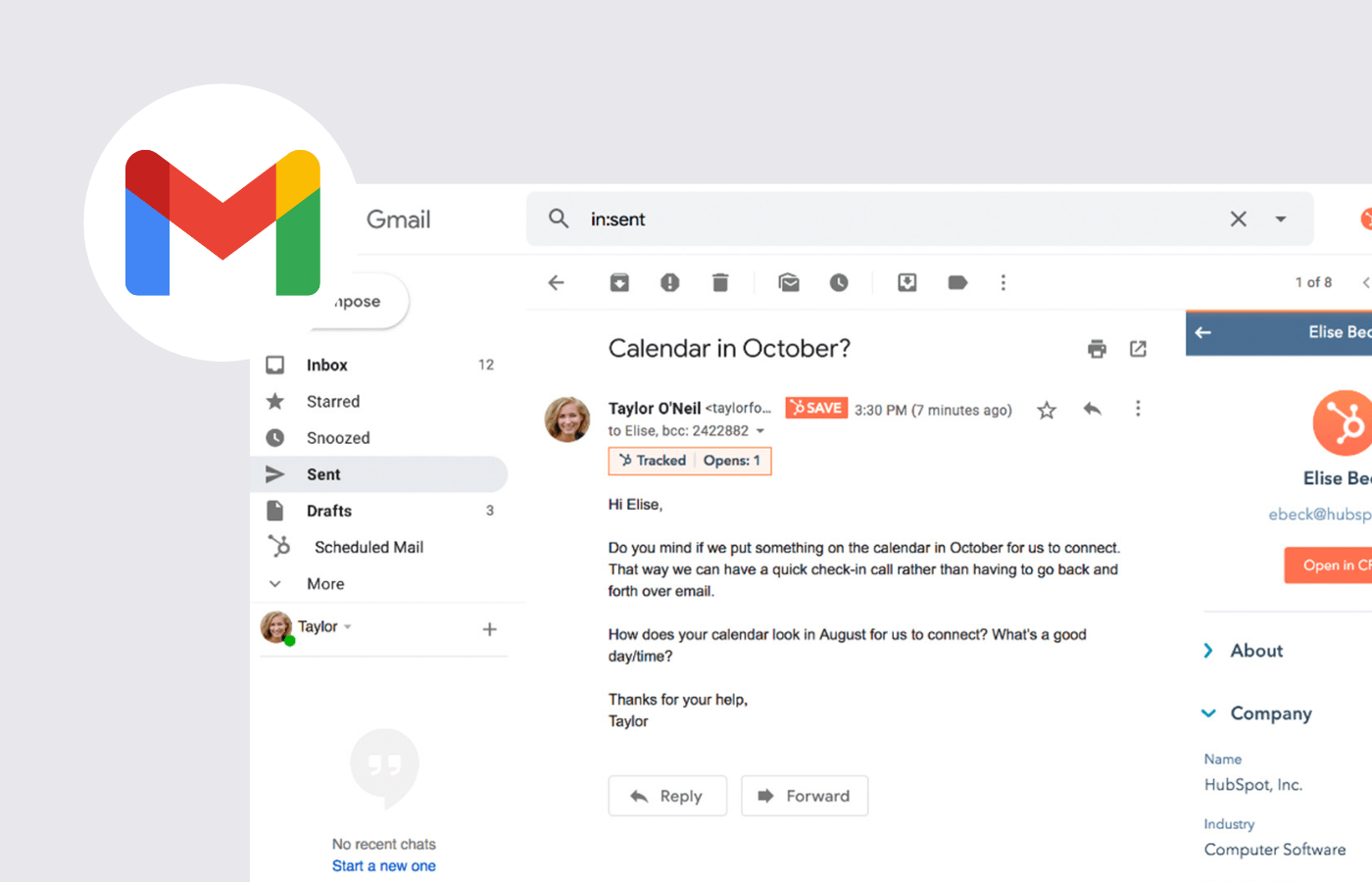
Email client integration.
Why sales teams need it: Most sales interactions happen over email. By integrating Gmail or Outlook with HubSpot, sales reps can track emails, schedule meetings, and log communication directly from their inbox. This simplifies email outreach and makes sure every interaction is logged in HubSpot.
8. SurveyMonkey
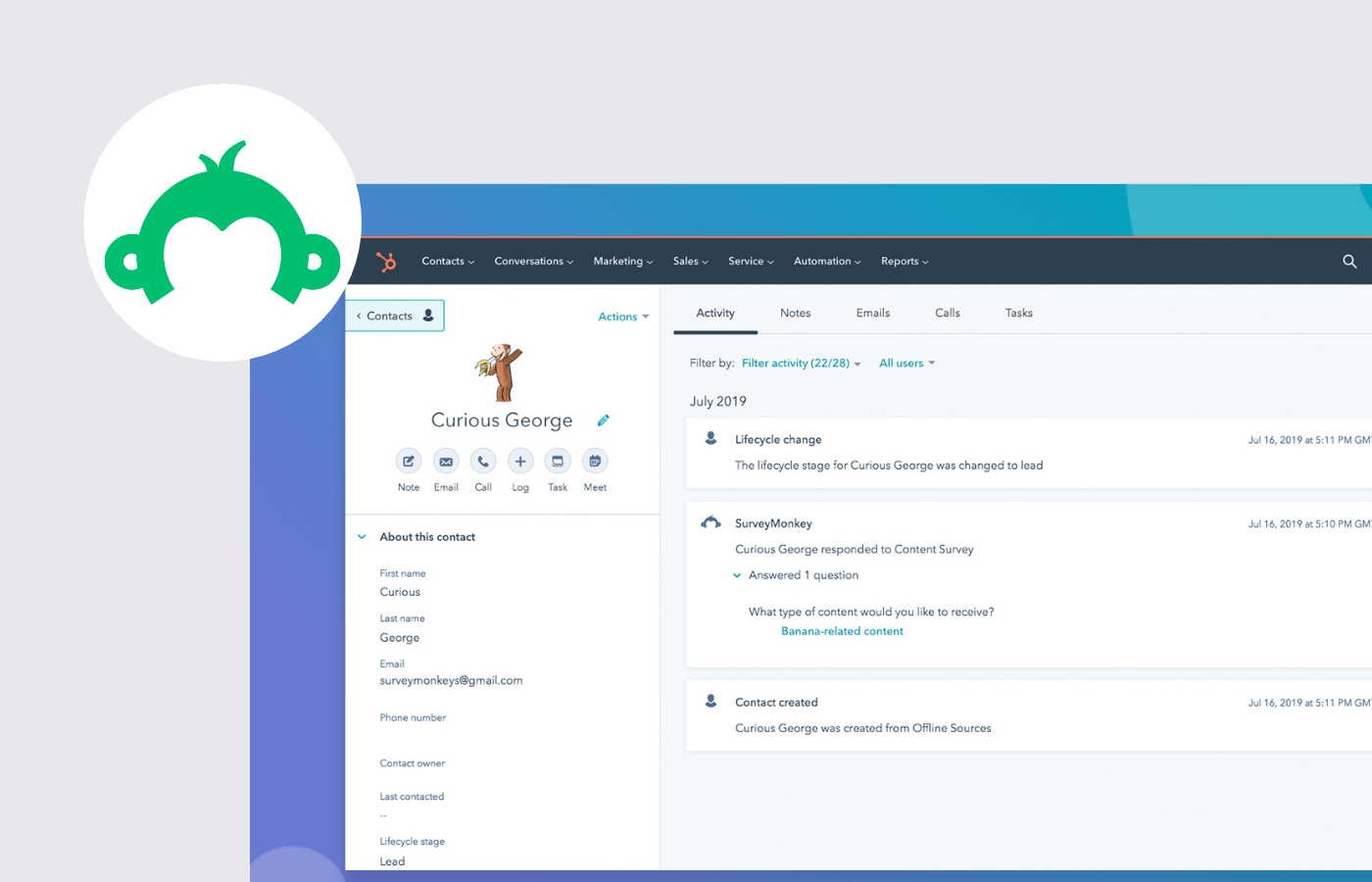
Customer feedback and survey tool.
Why sales teams need it: Understanding customer satisfaction is crucial for sales success. SurveyMonkey integrates with HubSpot to feed customer feedback directly into the CRM. Sales teams can view survey results alongside other customer data, helping them identify areas for improvement and upsell opportunities.
9. LinkedIn Sales Navigator
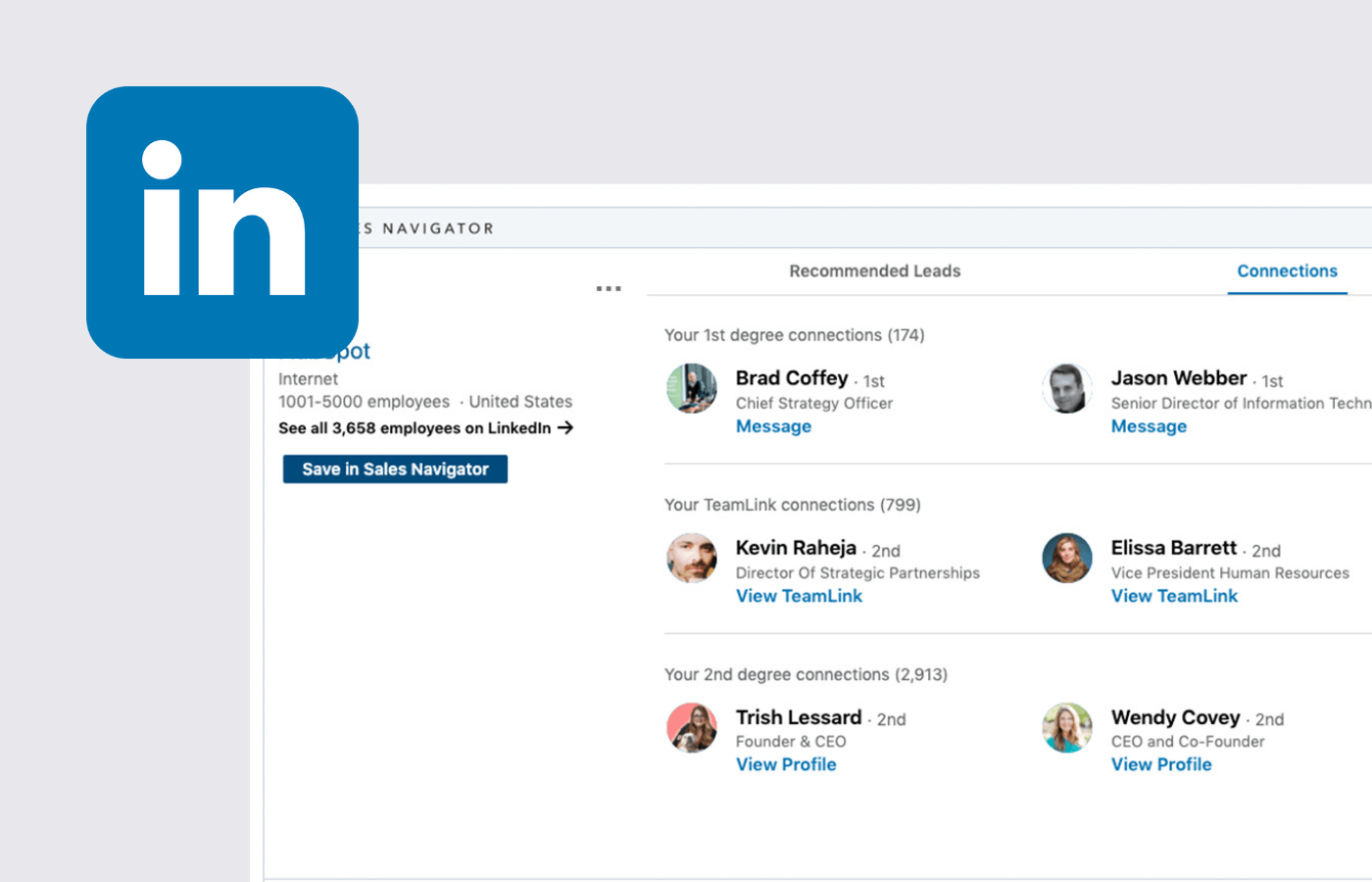
Lead generation and relationship management.
Why sales teams need it: LinkedIn is used by a lot of B2B sales teams. This integration enriches HubSpot with LinkedIn profile data, making it easier to find new leads and nurture relationships with existing ones. Sales reps can use this integration to enhance prospecting and social selling.
10. Trello
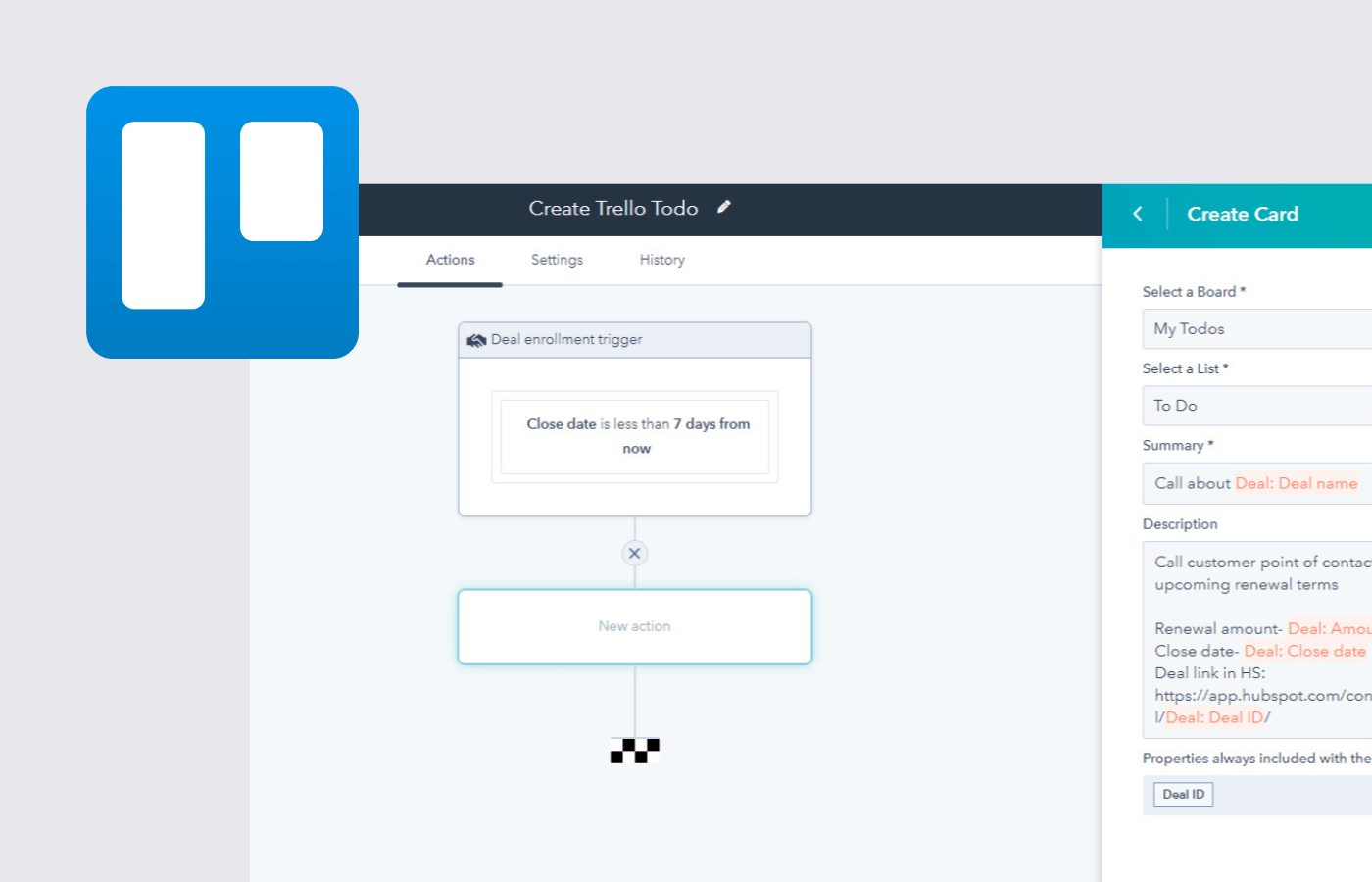
Project management and organization.
Why sales teams need it: Trello is ideal for sales teams looking for a visual way to manage their pipelines. By integrating with HubSpot, sales teams can create Trello cards directly from HubSpot deals, helping them track the progress of each deal visually and stay organized.
11. Asana
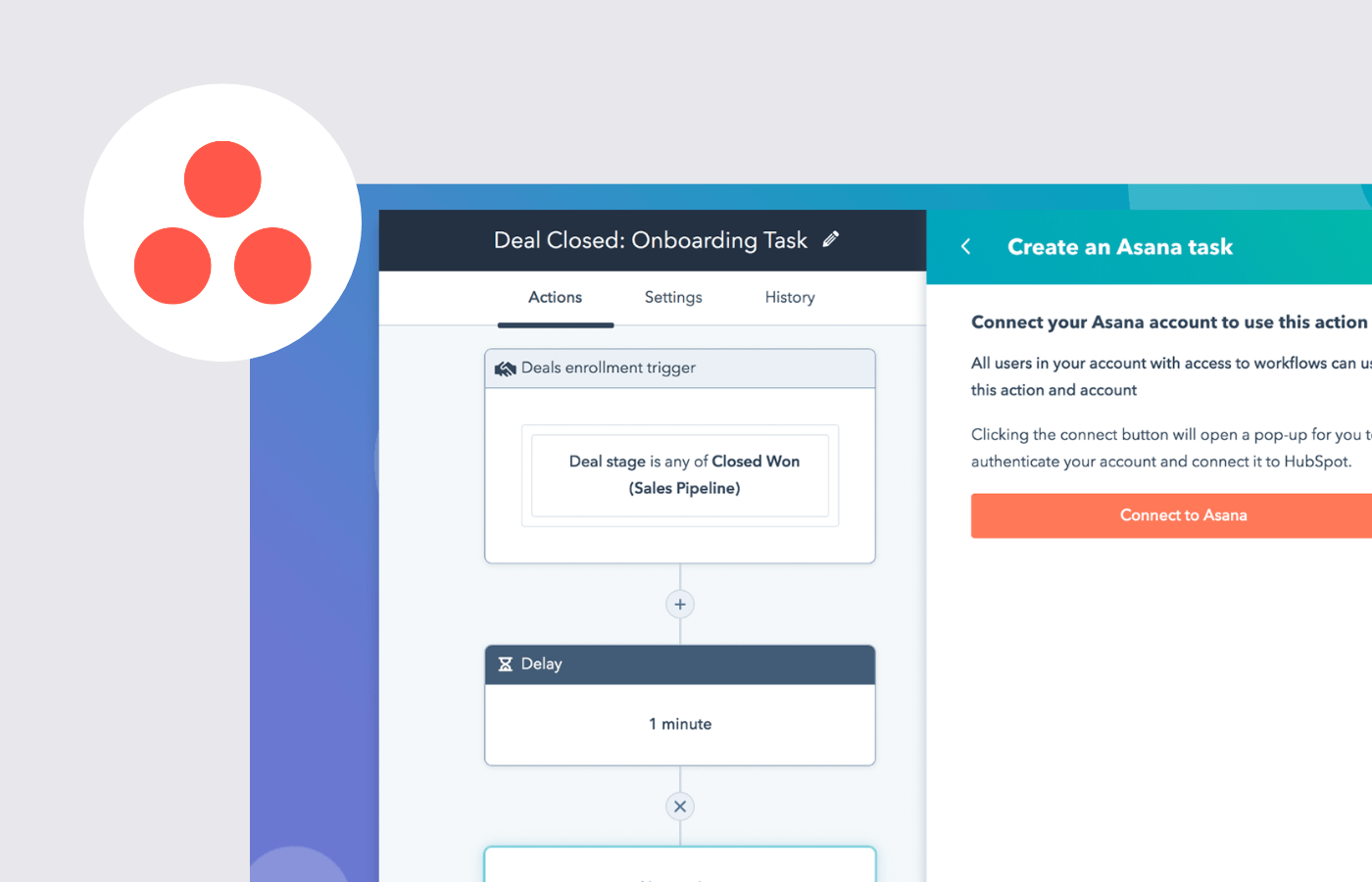
Task and project management.
Why sales teams need it: Similar to Trello, Asana helps sales teams stay on top of their tasks. The HubSpot-Asana integration automatically creates tasks in Asana based on actions taken in HubSpot, making sure nothing slips through the cracks, whether it's following up with a lead or sending out a proposal.
12. Zoom
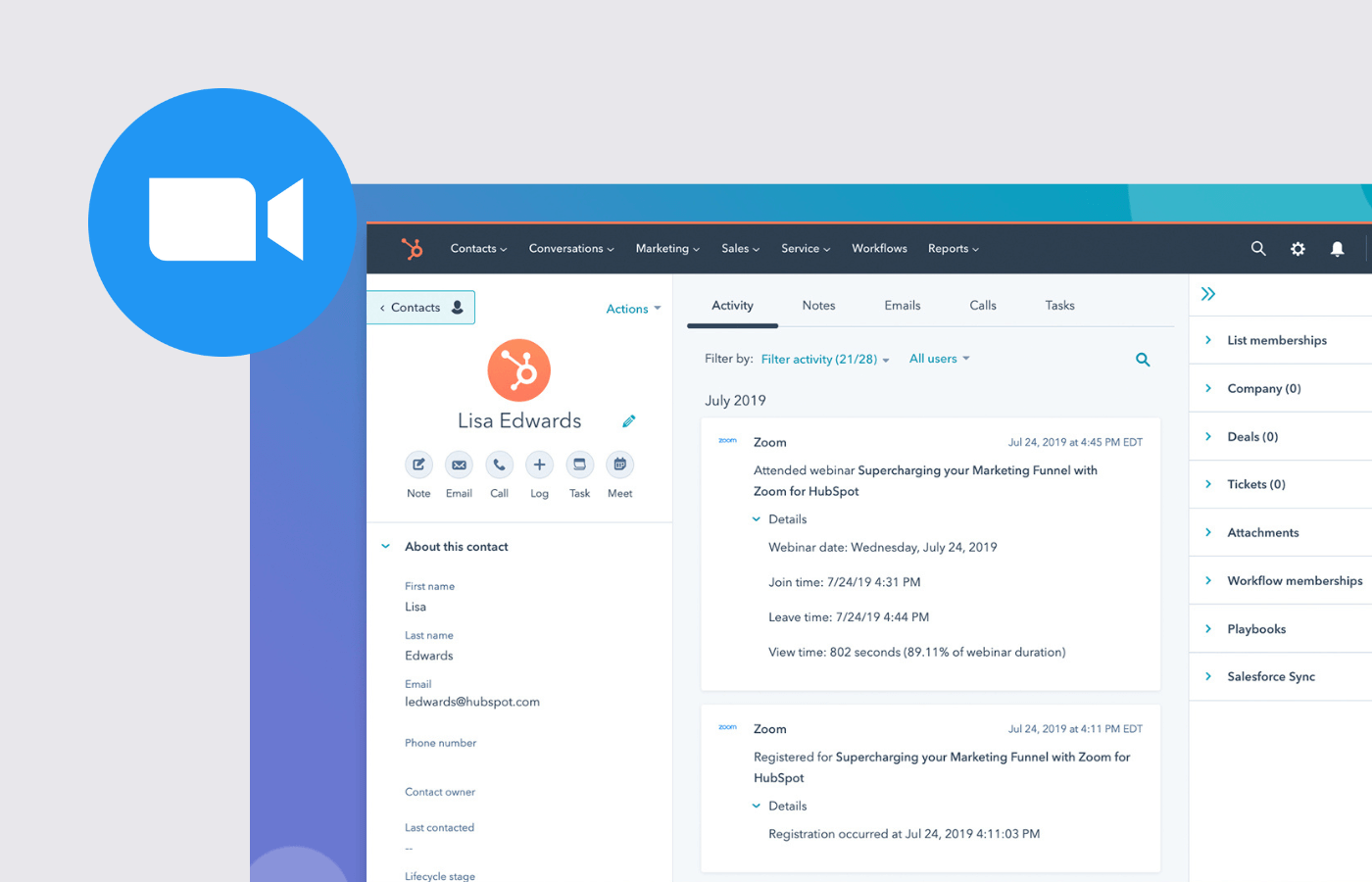
Video conferencing and webinar platform.
Why sales teams need it: Zoom has become a critical tool for sales teams, especially in remote work environments. With its HubSpot integration, sales teams can automatically log Zoom meetings and webinars, making it easier to track customer interactions and ensure that nothing is missed in follow-up efforts.
13. DocuSign
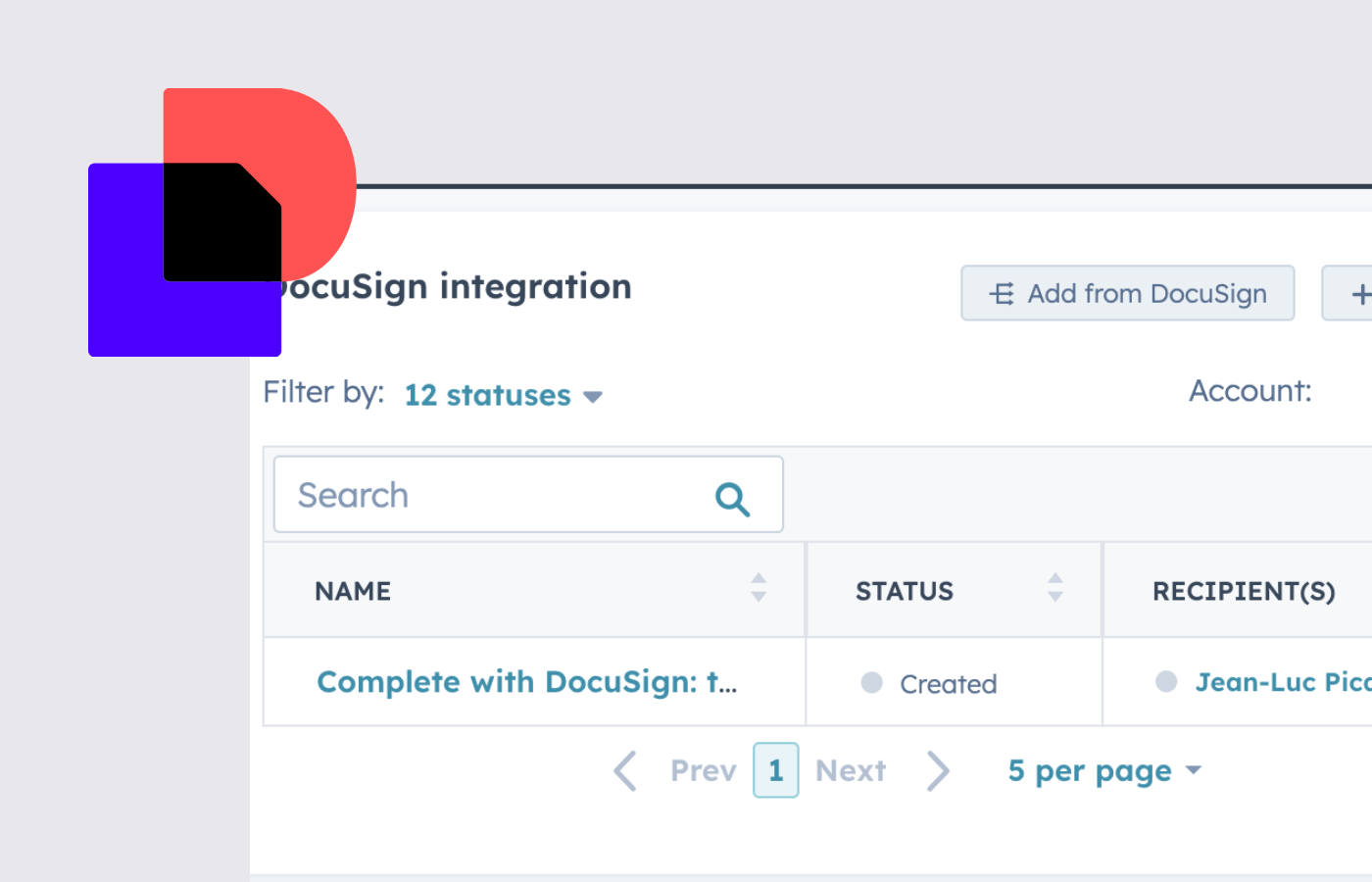
E-signature and document management.
Why sales teams need it: DocuSign speeds up the deal-closing process by allowing sales teams to send, sign, and manage contracts digitally. HubSpot’s integration with DocuSign ensures that all signed documents are tracked in the CRM, giving teams a clear view of the sales pipeline's legal aspects.
14. Zendesk
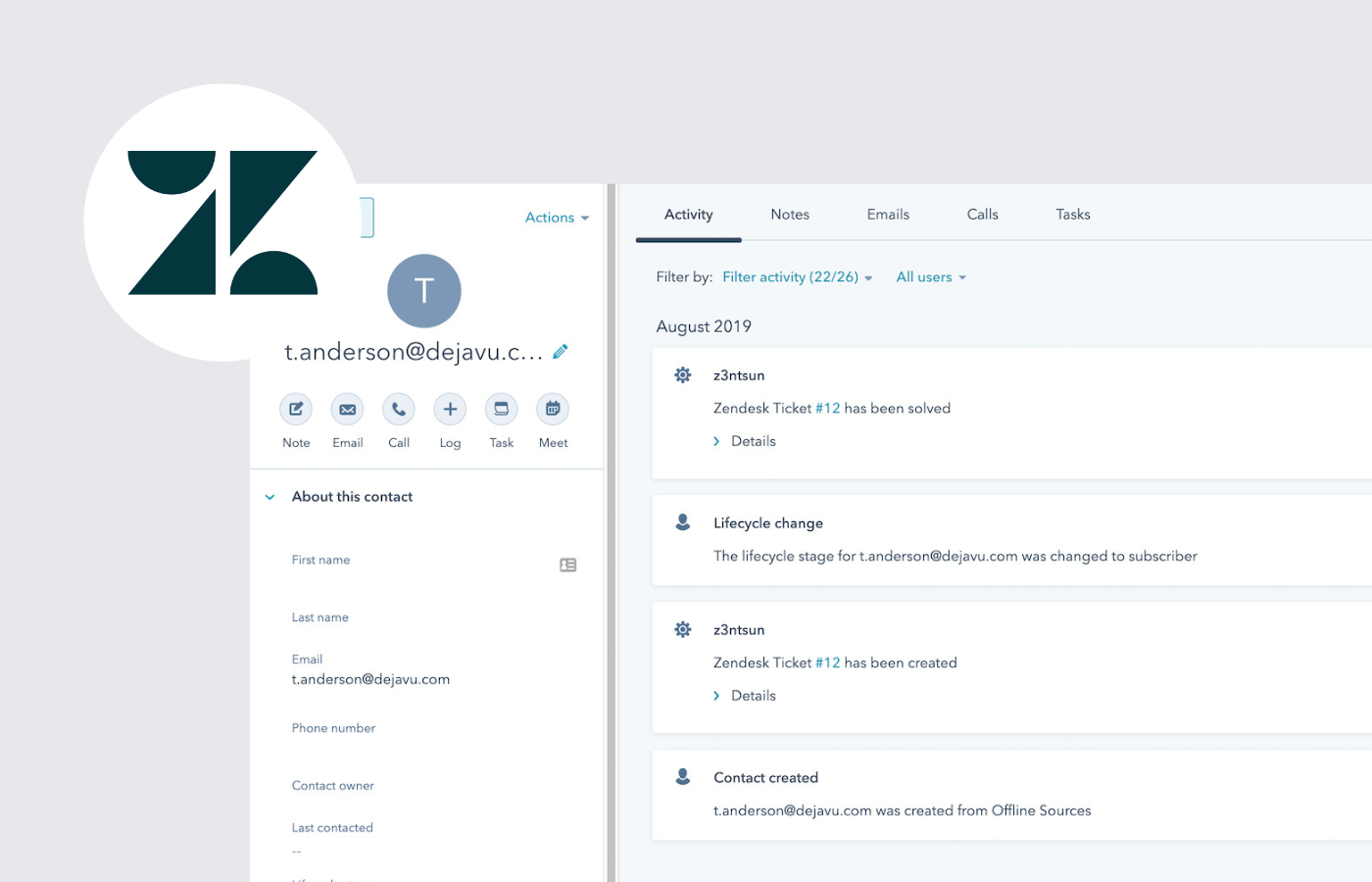
Customer support and service platform.
Why sales teams need it: Zendesk is a fantastic tool for bridging sales and customer service teams. The integration ensures that sales teams have full visibility into customer service tickets, helping them understand customer needs and frustrations. This insight can lead to improved customer relationships and upsell opportunities, making Zendesk a must-have integration for any sales team.
15. Stripe
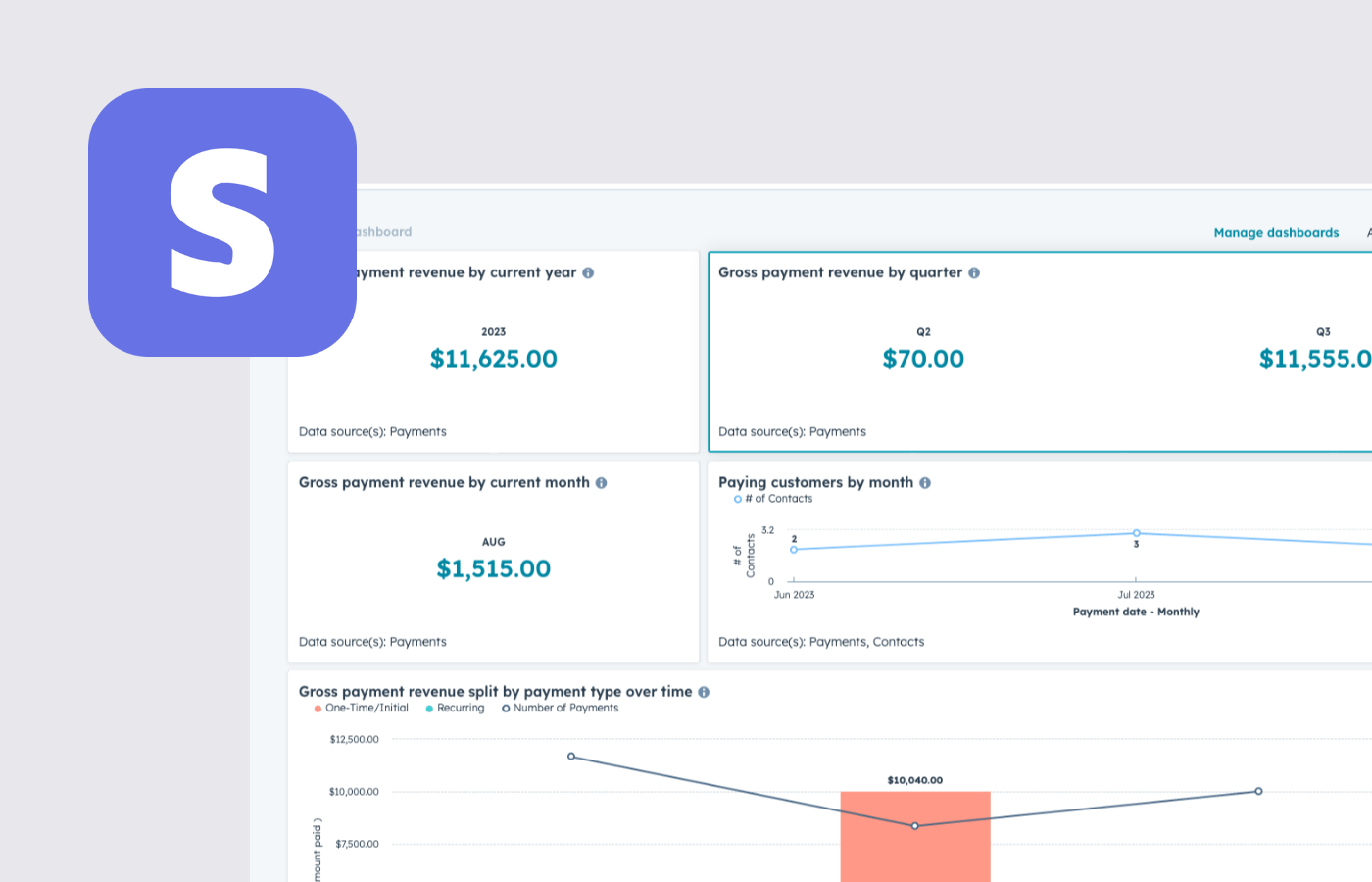
Payment processing platform.
Why sales teams need it: Stripe makes it easy for sales teams to handle payments directly within HubSpot. Whether invoicing a client or processing a recurring payment, this integration streamlines the payment process, helping sales teams focus on closing deals and managing relationships instead of administrative tasks.
Why use HubSpot integrations?
Each of these integrations can help your sales team operate more efficiently by automating tasks, improving communication, and providing deeper insights into customer behavior. By using these tools, your sales team will be better equipped to close deals faster and manage relationships more effectively.
If you want to optimize HubSpot for maximum productivity in 2025, consider adding these integrations to your tech stack, or trying Geckoboard to display data from multiple tools in one dashboard. Your sales team will thank you for it!
